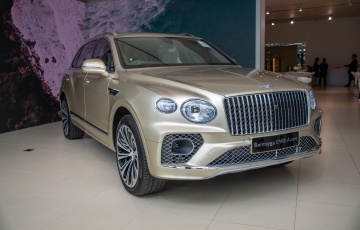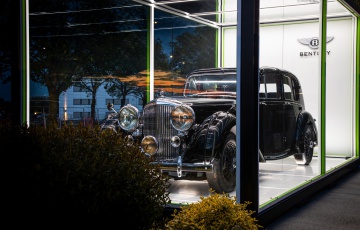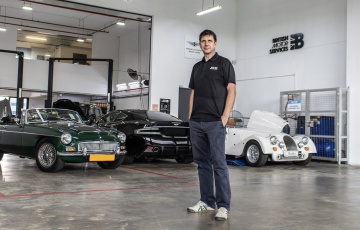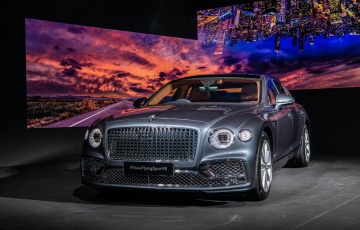Bentley S1 Continental Flying Spur vs new W12 Flying Spur
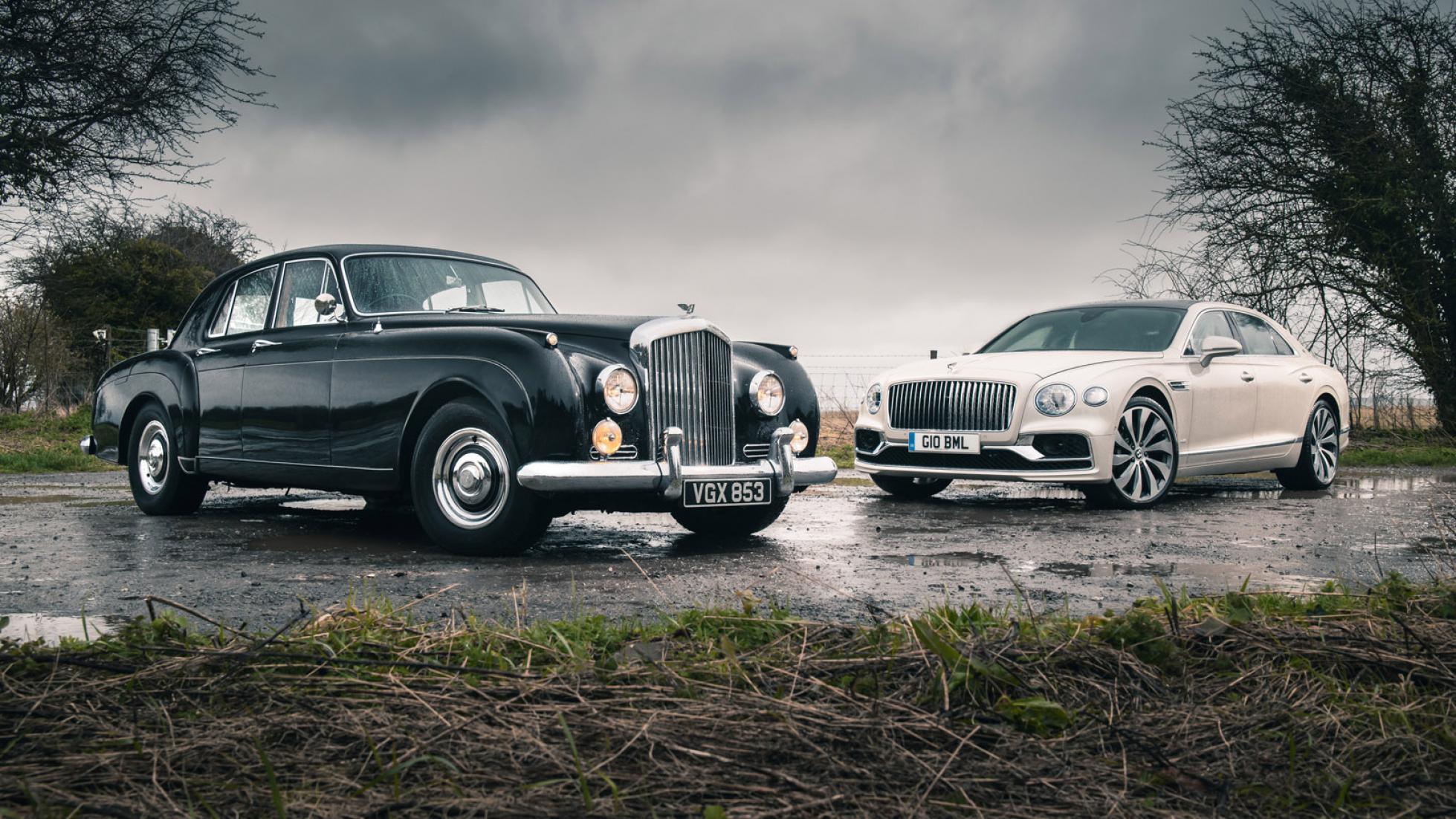
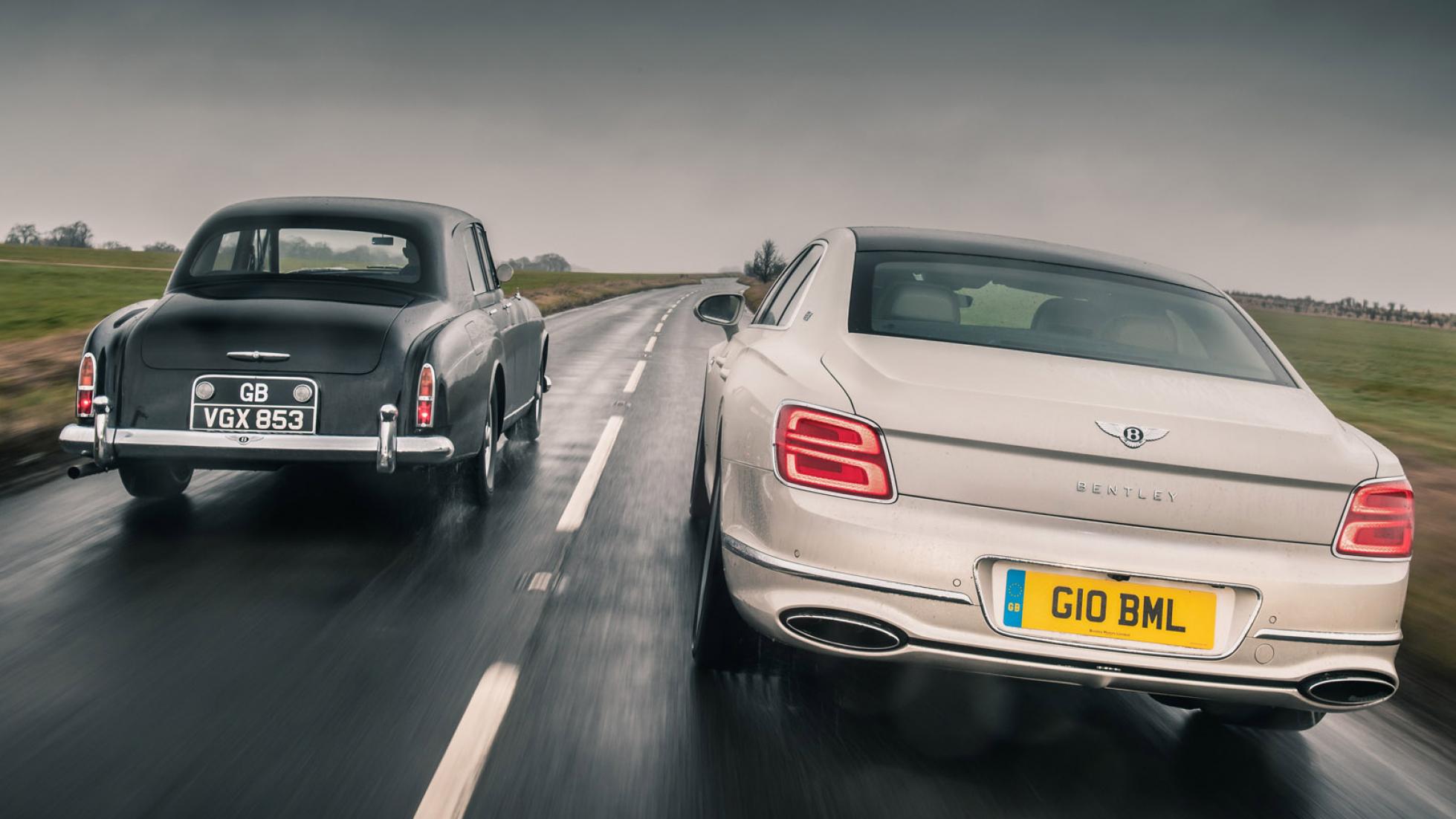
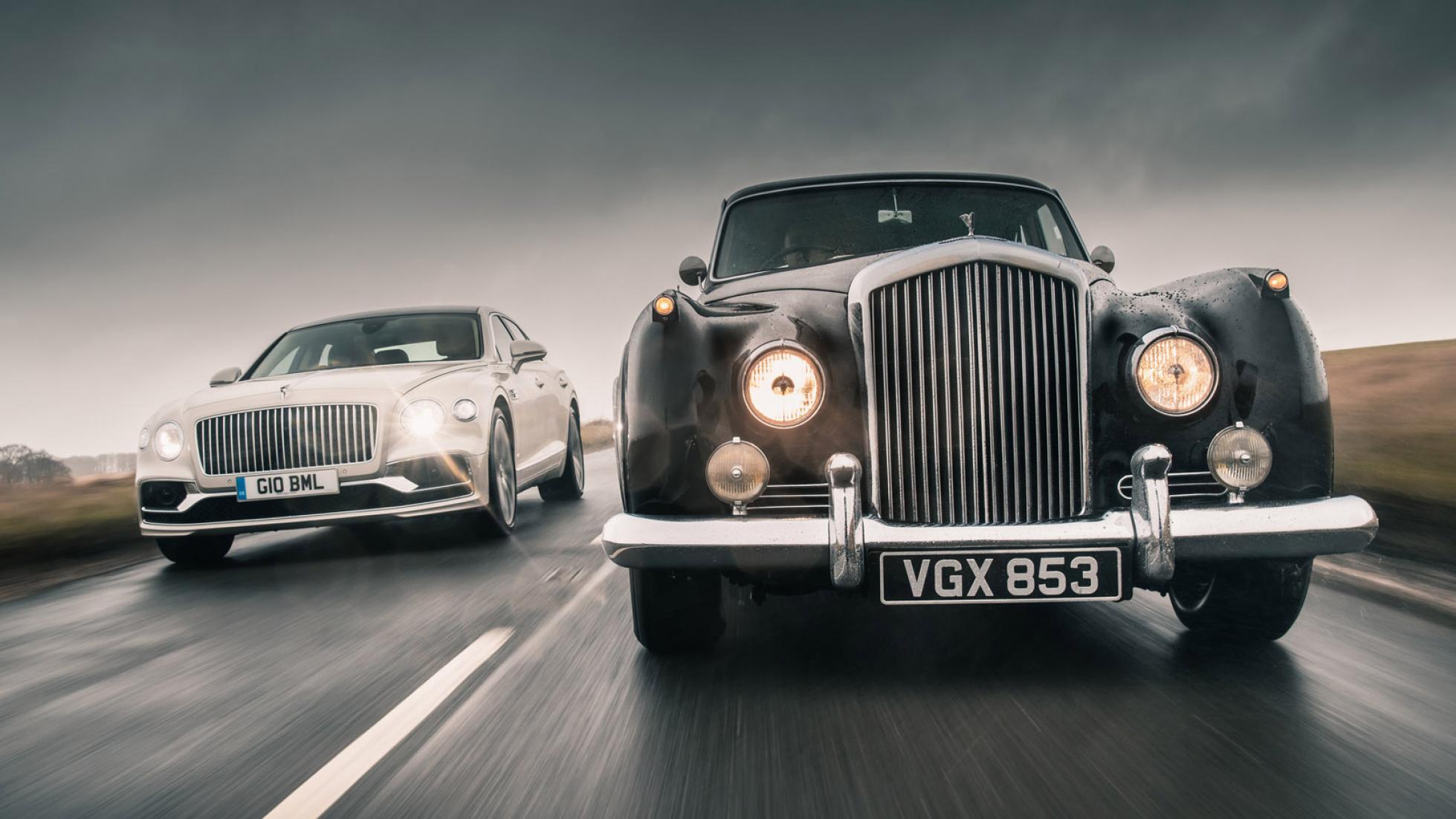
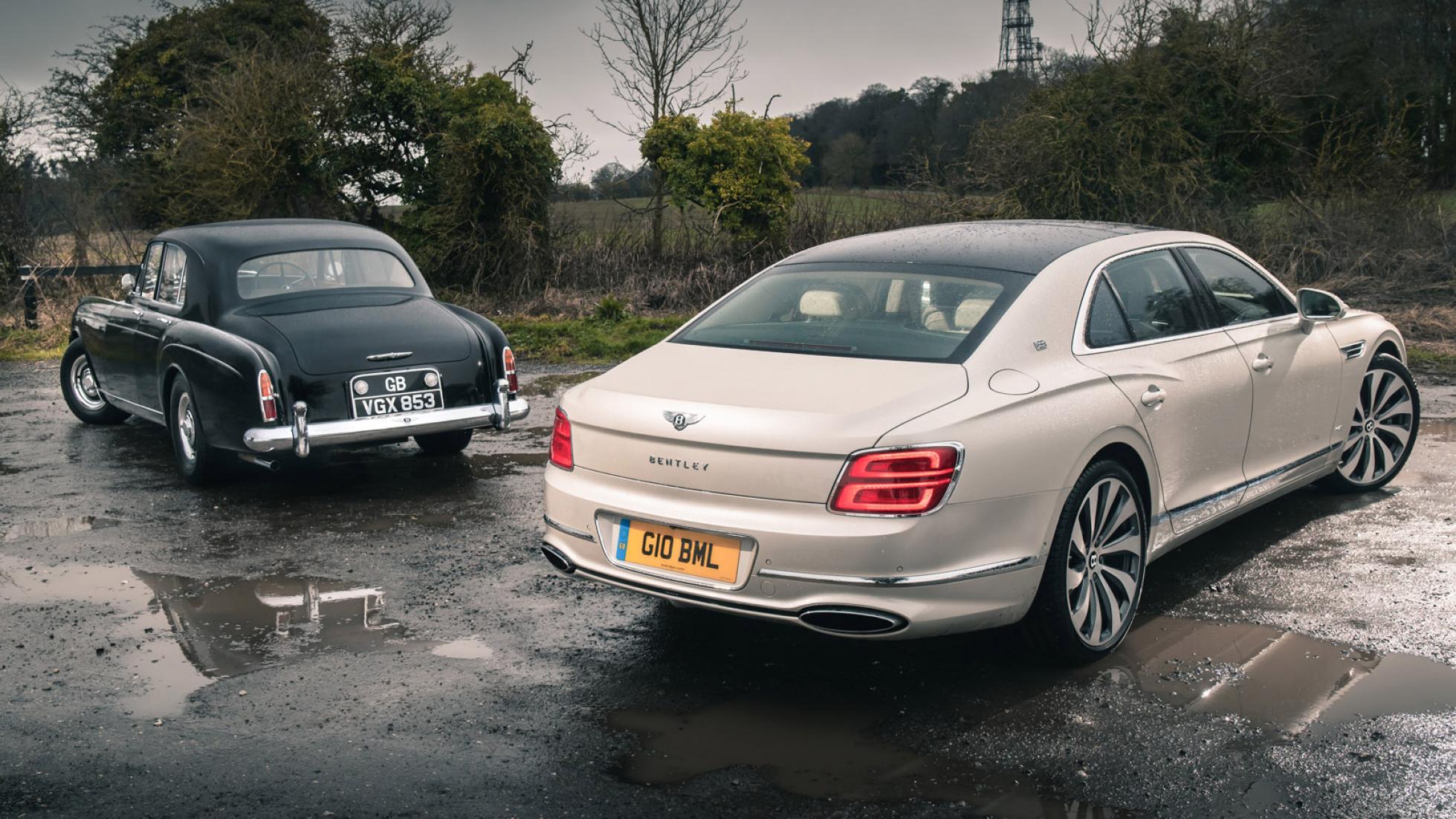
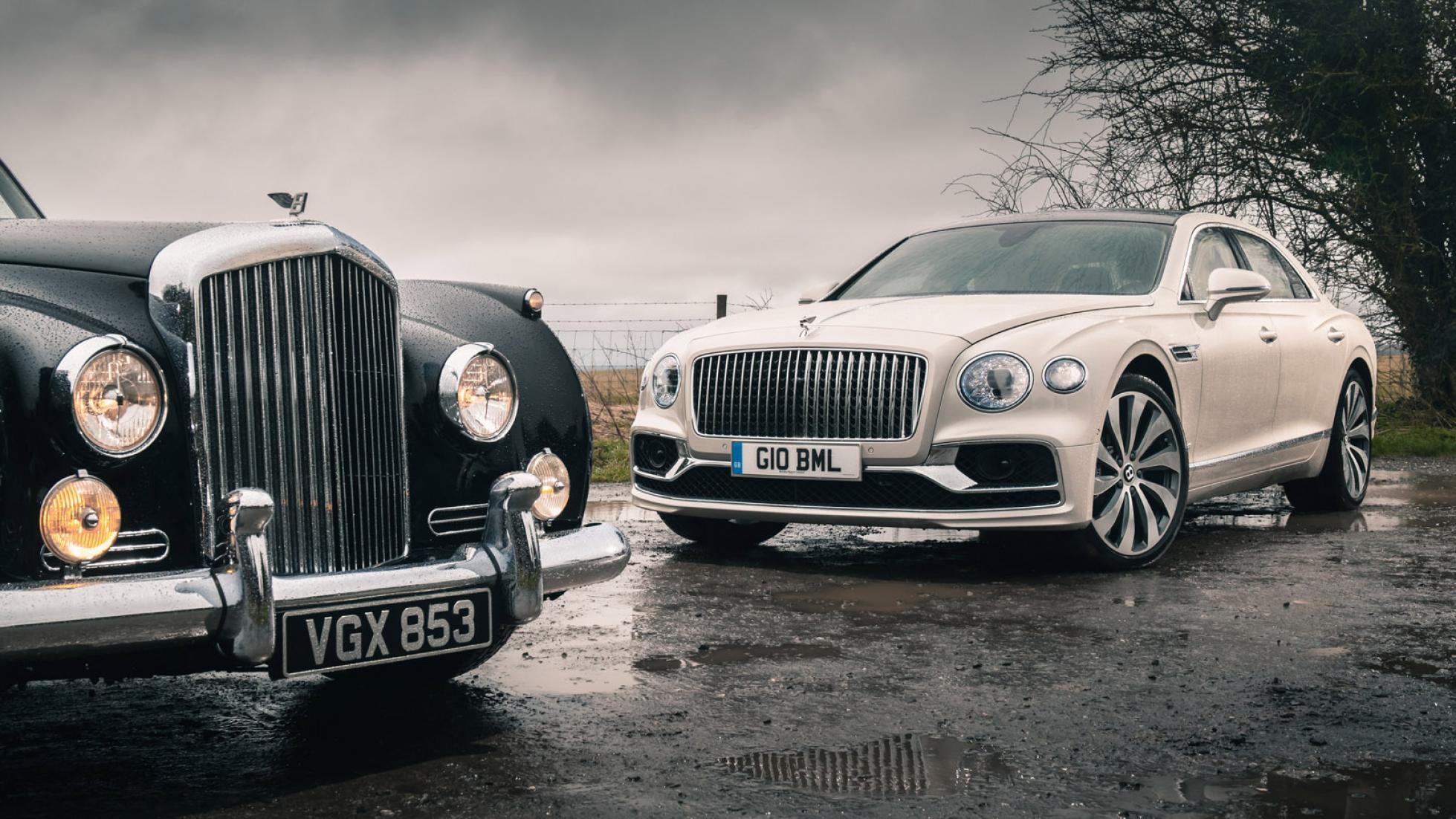
Who’s getting married?
Nobody, but I should be so lucky to have such a fine old thing as this immaculate ‘58 S1 Continental Flying Spur to ferry me around on my wedding day. Back when it was new more than 60 years ago, it cost its first owner a whopping… £8,034 - ten times the average UK salary, or about £190,000 in 2020 money. And nowadays it’s worth a hell of a lot more than that.
Today’s Flying Spur is relatively cheap in comparison - at £168,300 it’s only around five times the average UK salary. See? Bargain.
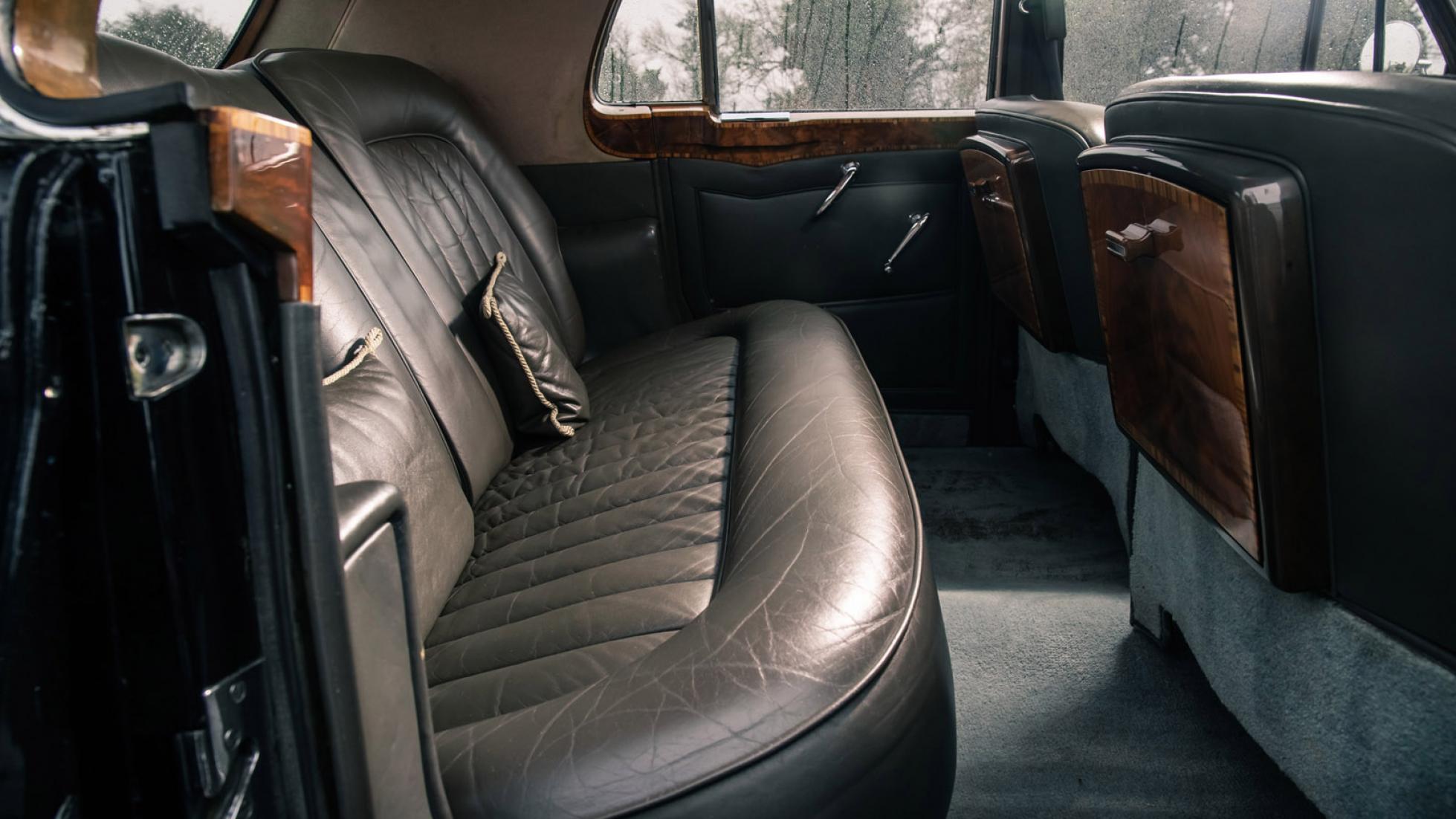
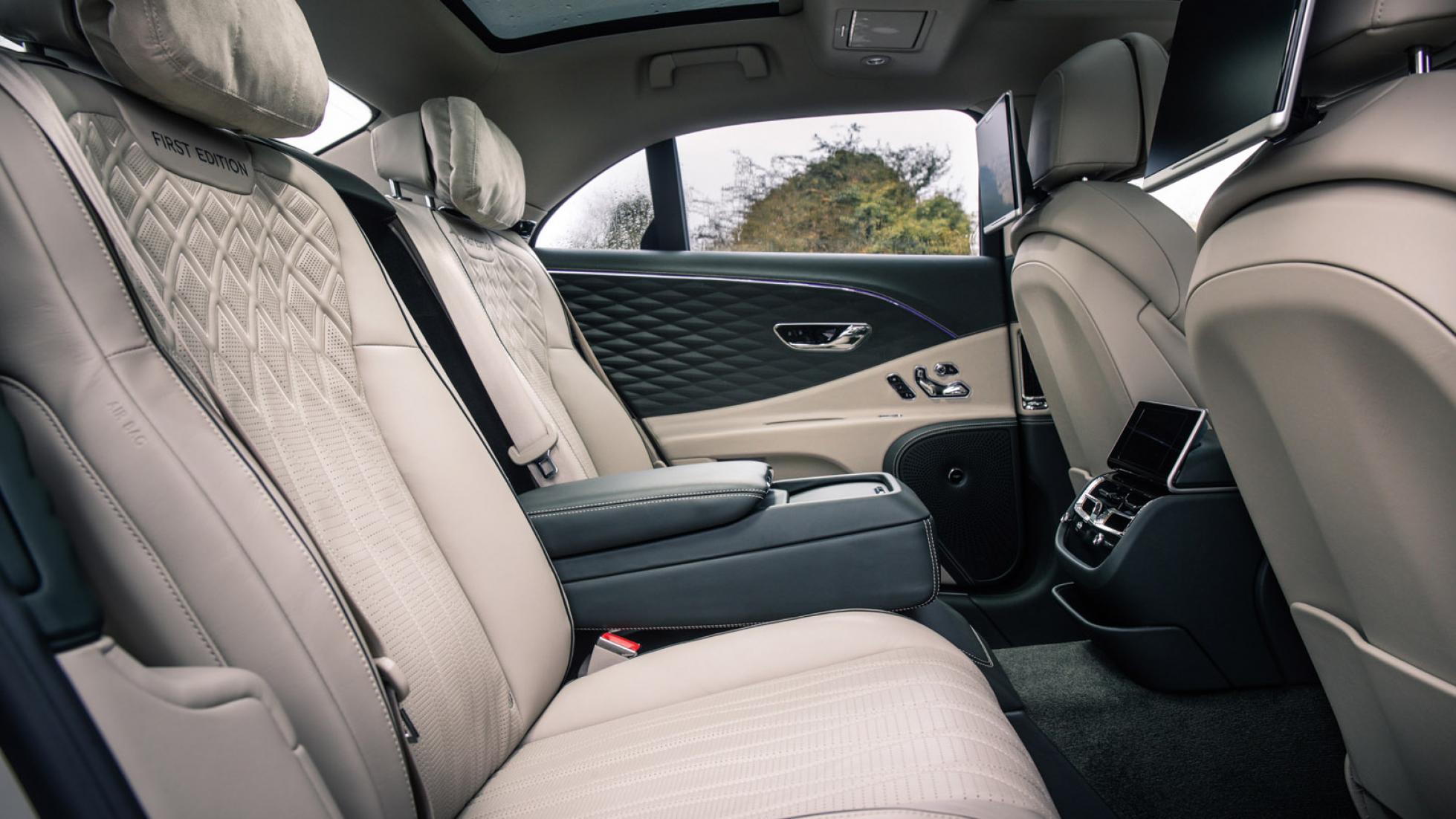
Is it more comfortable than the new car?
In some ways, yes. Take the rear seats - the new car’s adjust in many ways and can heat, cool and massage their occupants. But the old car’s are just so beautifully soft. You sink into them, in the same way you might a favourite armchair. The driving position is ludicrous, mainly because the steering wheel is roughly the circumference of a small moon, but the seat is cushy and excellent too.
Luxury requires space, and on the face of it this is where the S1 loses out. Your driver will feel cramped, but you won’t. Legroom in the back might appear tight, but the way the seats are angled means it isn’t at all. Sure you can’t stretch your legs out ahead of you the way you can in a long-wheelbase S-Class, but you can tuck your feet under the front seats no problem.
Then there’s the fixtures and fittings. The new car is certainly richly appointed, but the S1’s in another league with wood everywhere - and big blocks of it, not just veneer like the new car - the thickest carpets you’ve ever seen, beautiful art-deco light fixtures and solid metal (maybe even silver) switchgear. The tray tables are beautifully engineered too.
Sounds delightful.
Certainly is.
Independant, specialist coachbuilders are no more. But Mulliner lives on as part of Bentley itself - the bit you go to if you want something properly bespoke. You’ve been able to buy Mulliner editions of existing Bentleys for years, but the 12-off Conti GT-based Bacalar is its first bespoke creation. Let’s see what the company has in store for the new Flying Spur.
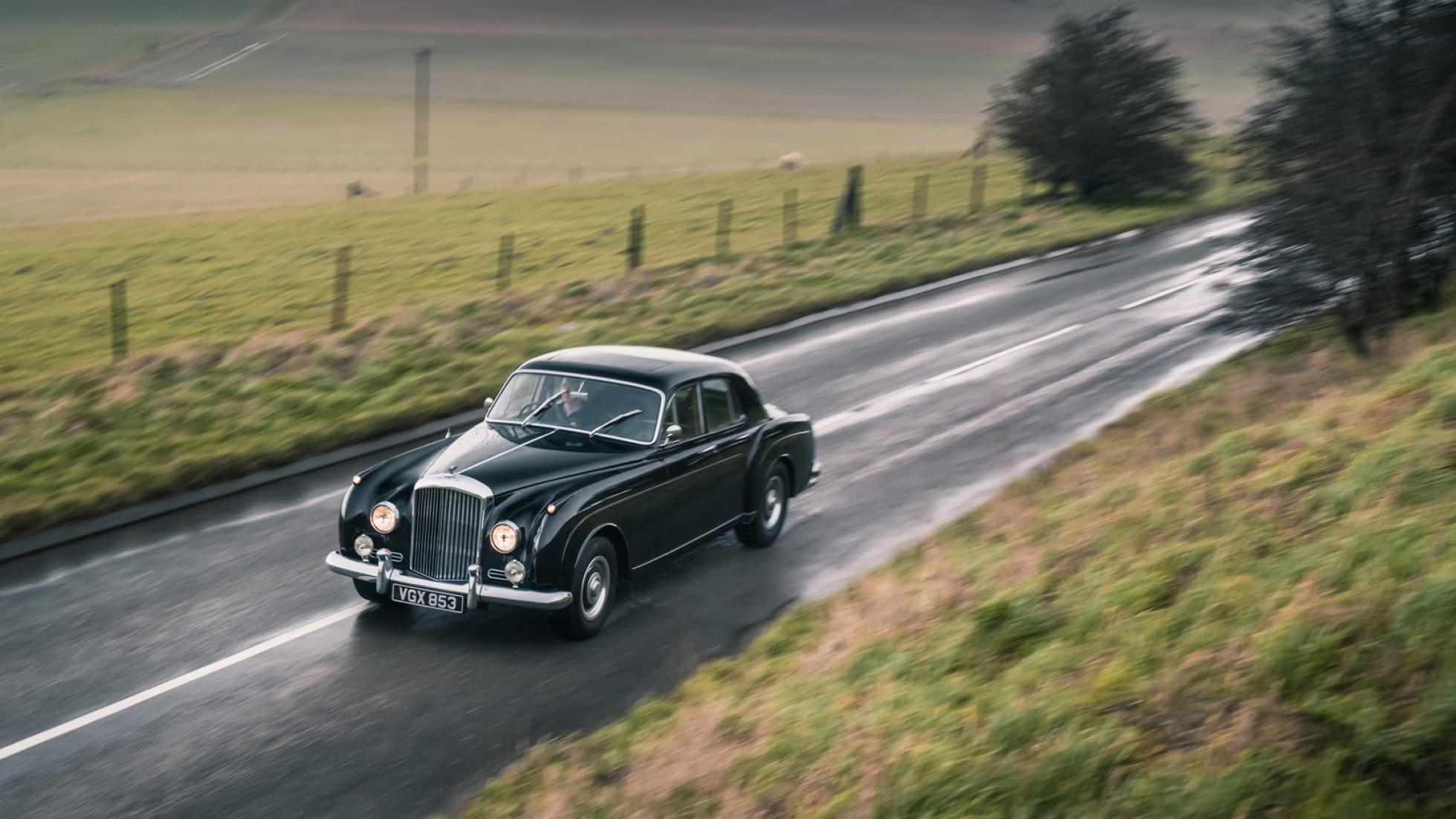
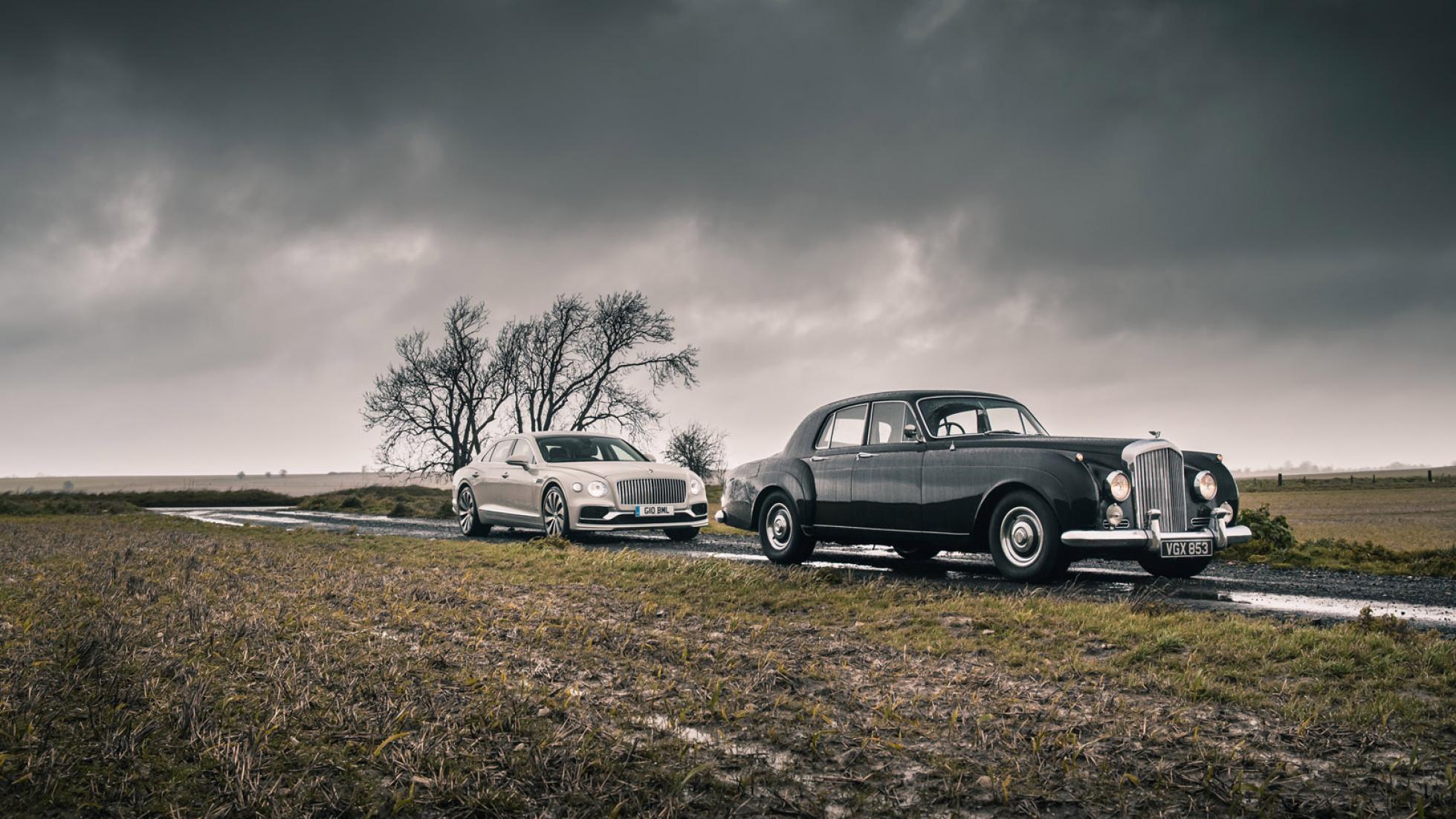
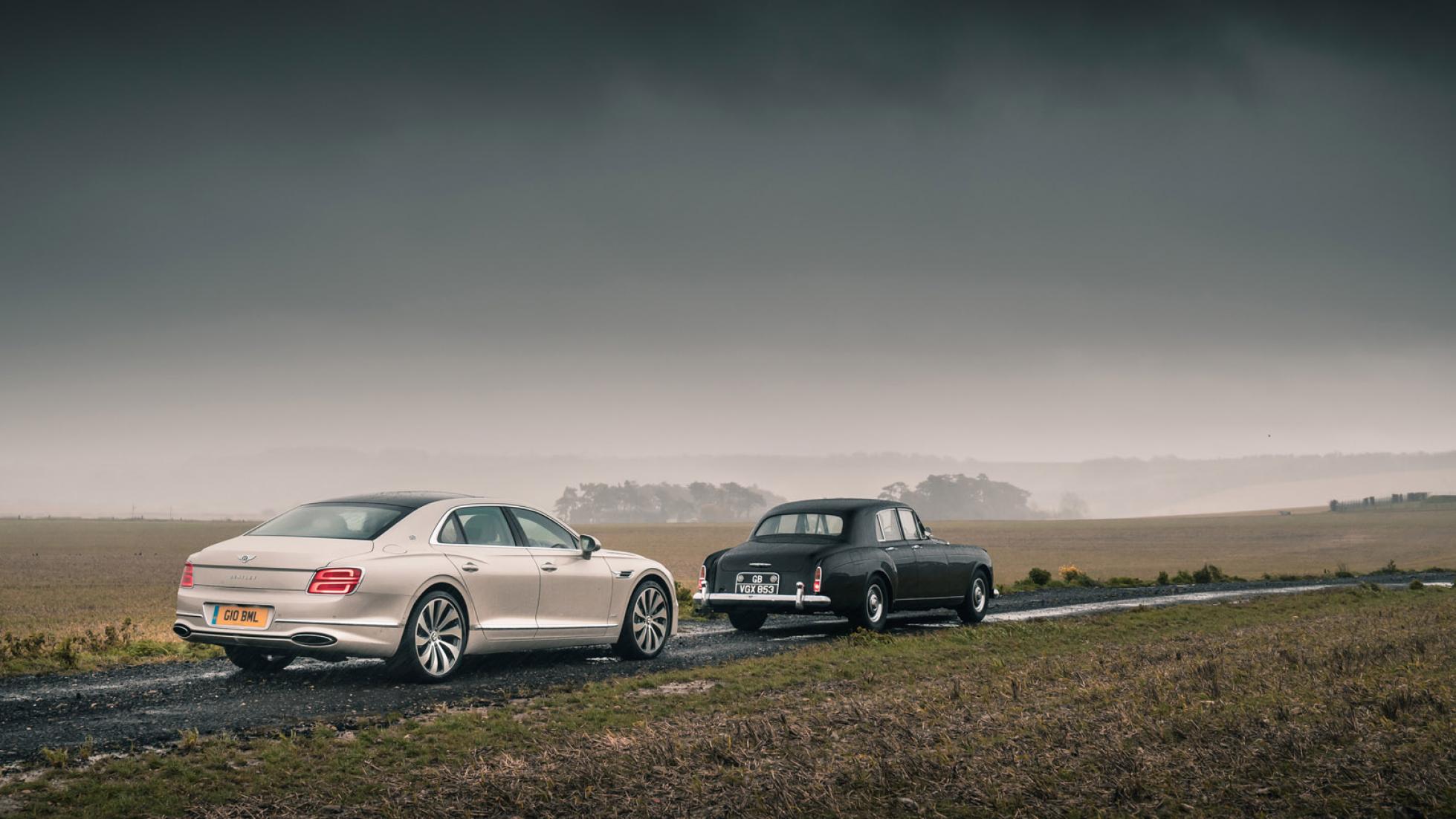
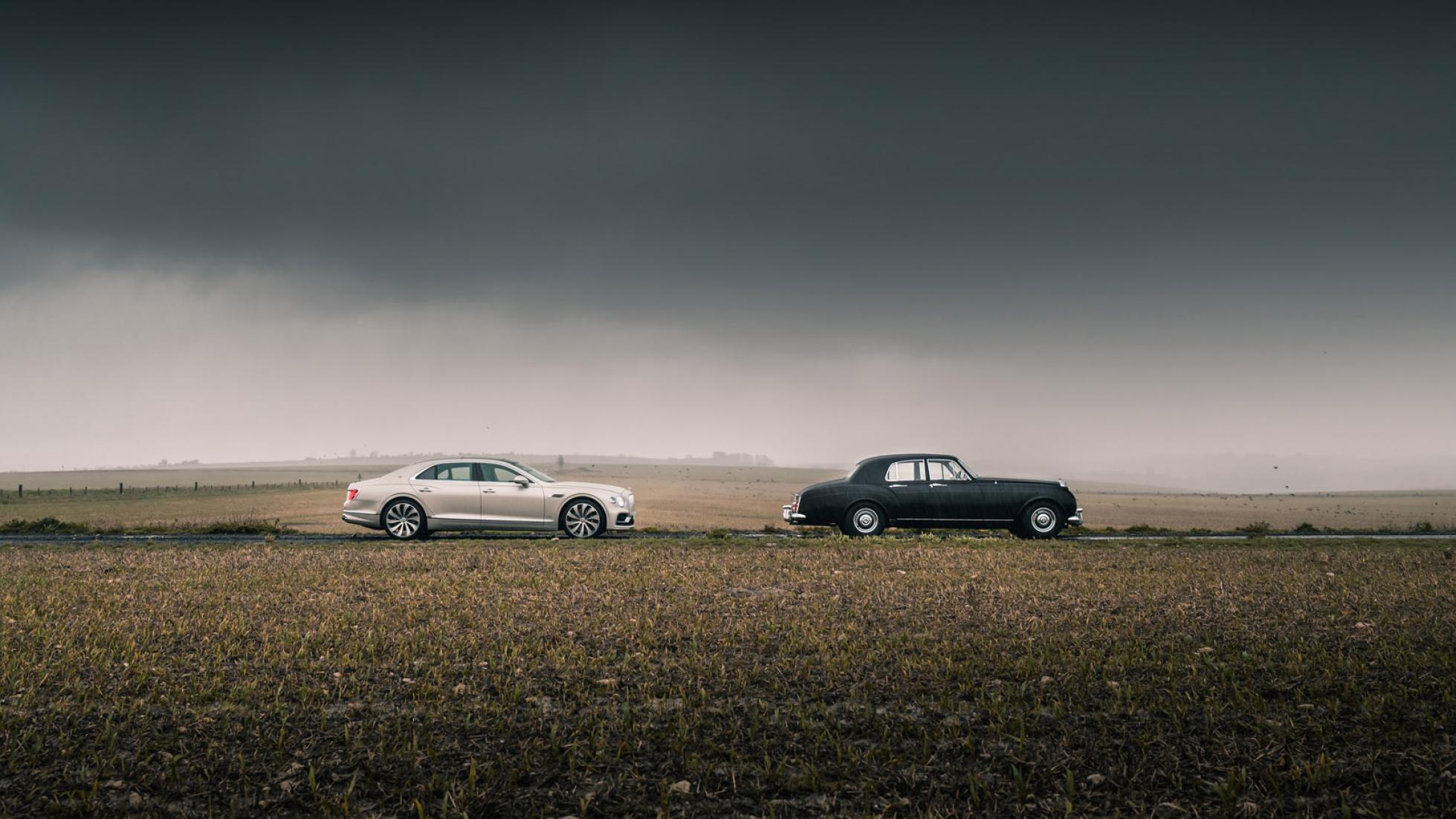
Looks like you get a lot more car for your money, too
I mean yes, the Flying Spur is physically far bigger than the S1 - longer, wider and heavier - but cars are just bigger nowadays. Easier to drive, too, thanks chiefly to steering wheels and pedals that have more than a tangential impact on speed and direction. An alarmingly sudden impact, in the case of the massively fast, incredibly capable new 635hp, 333km/h Flying Spur.
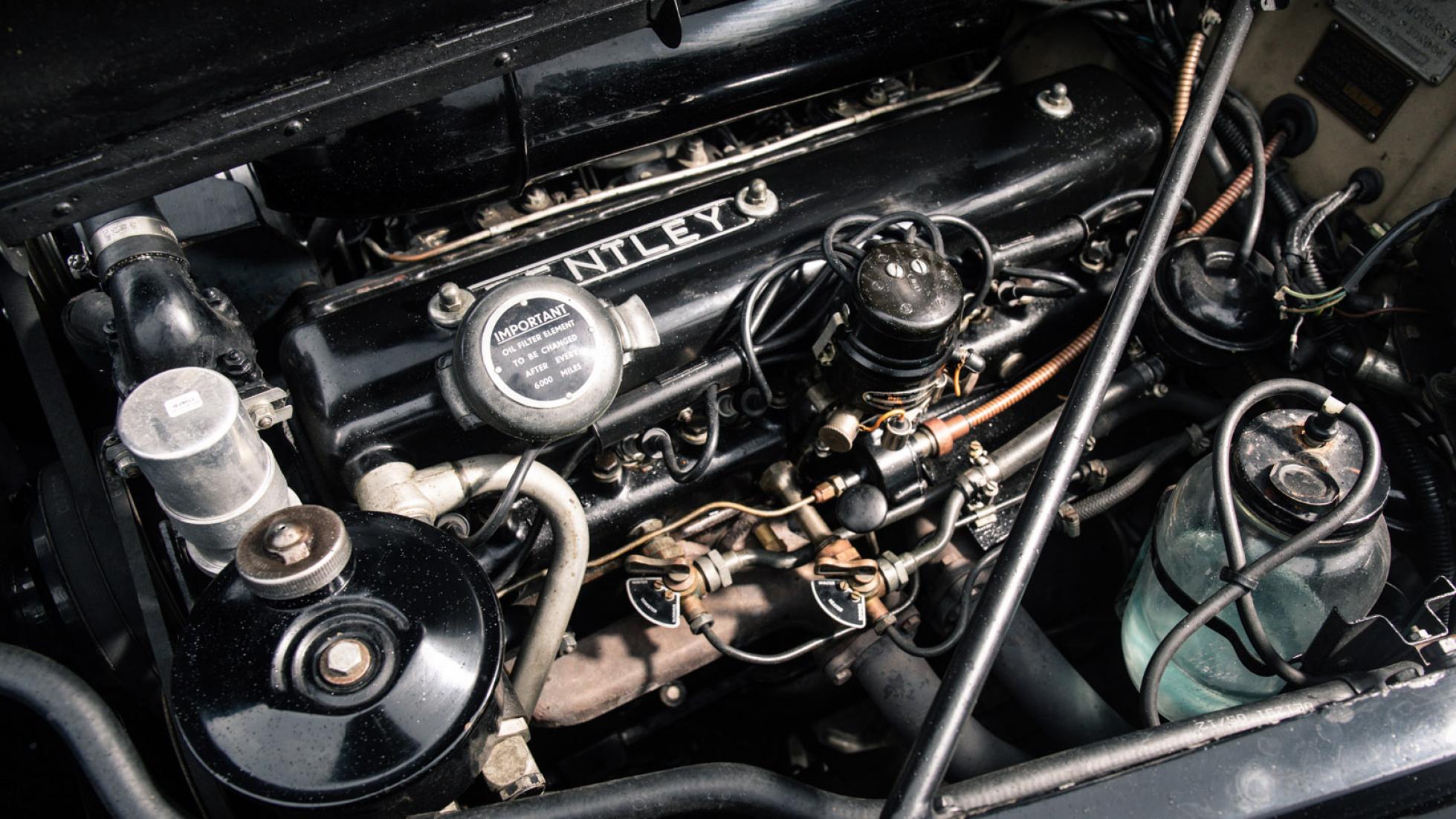
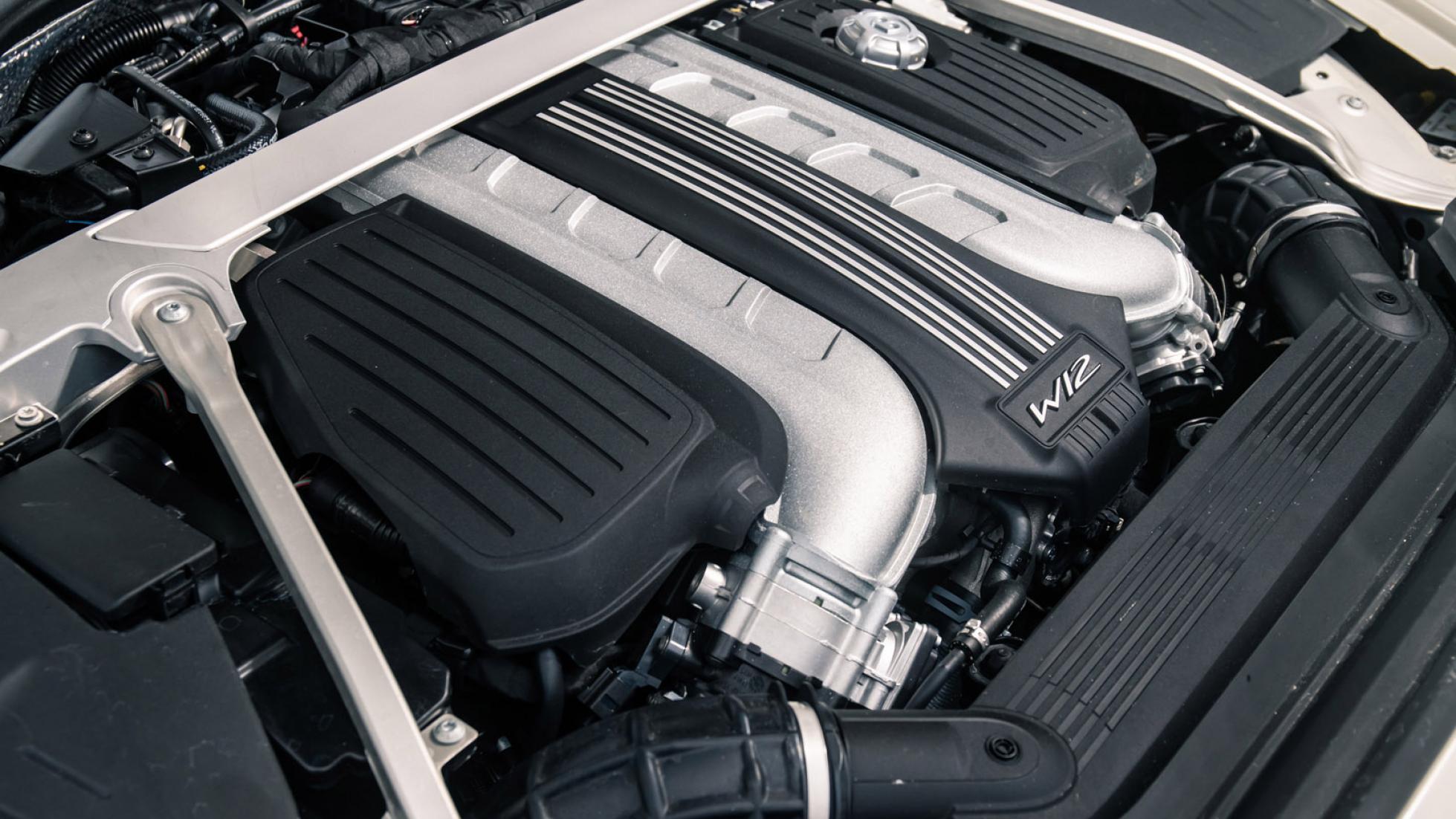
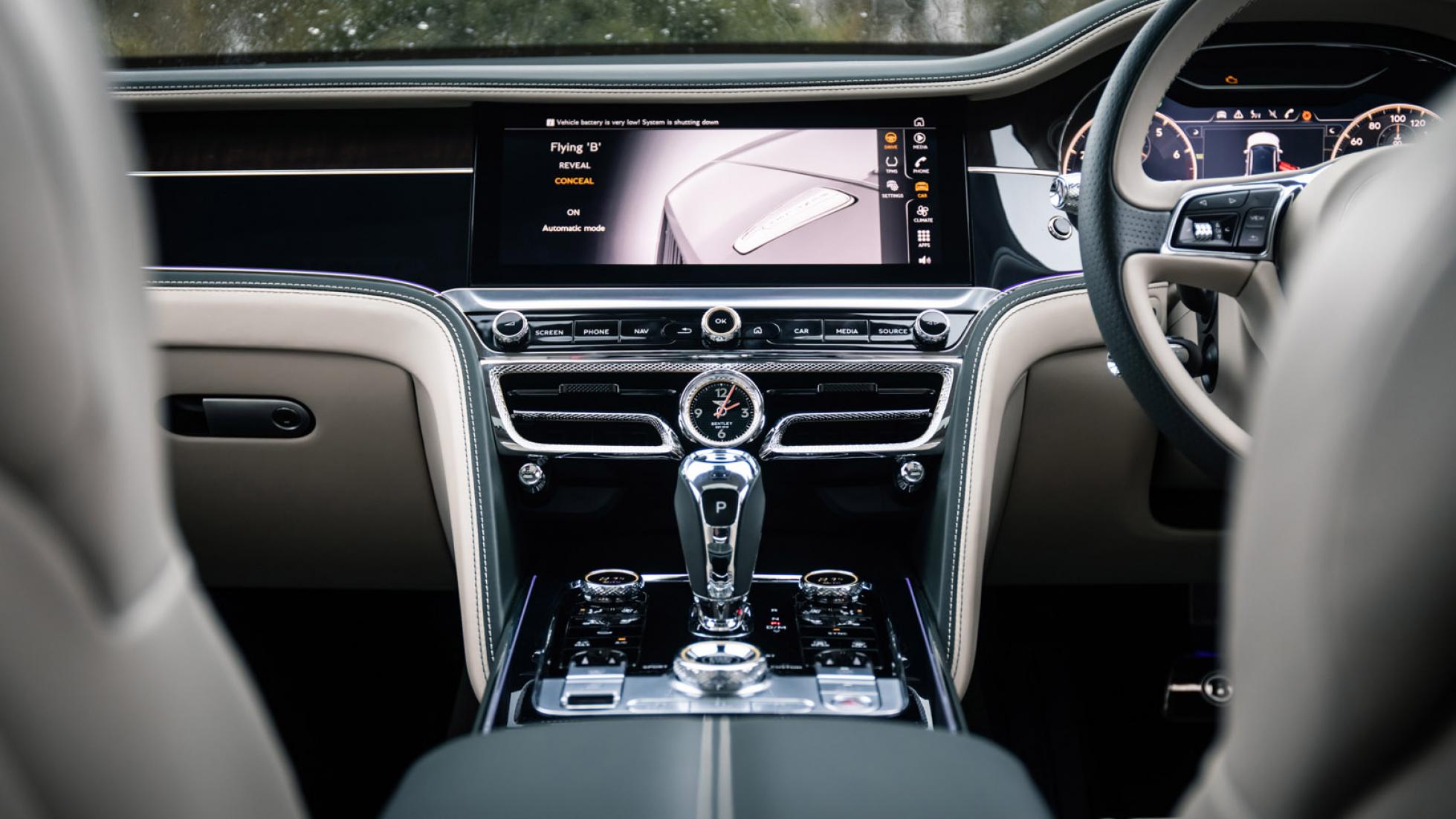
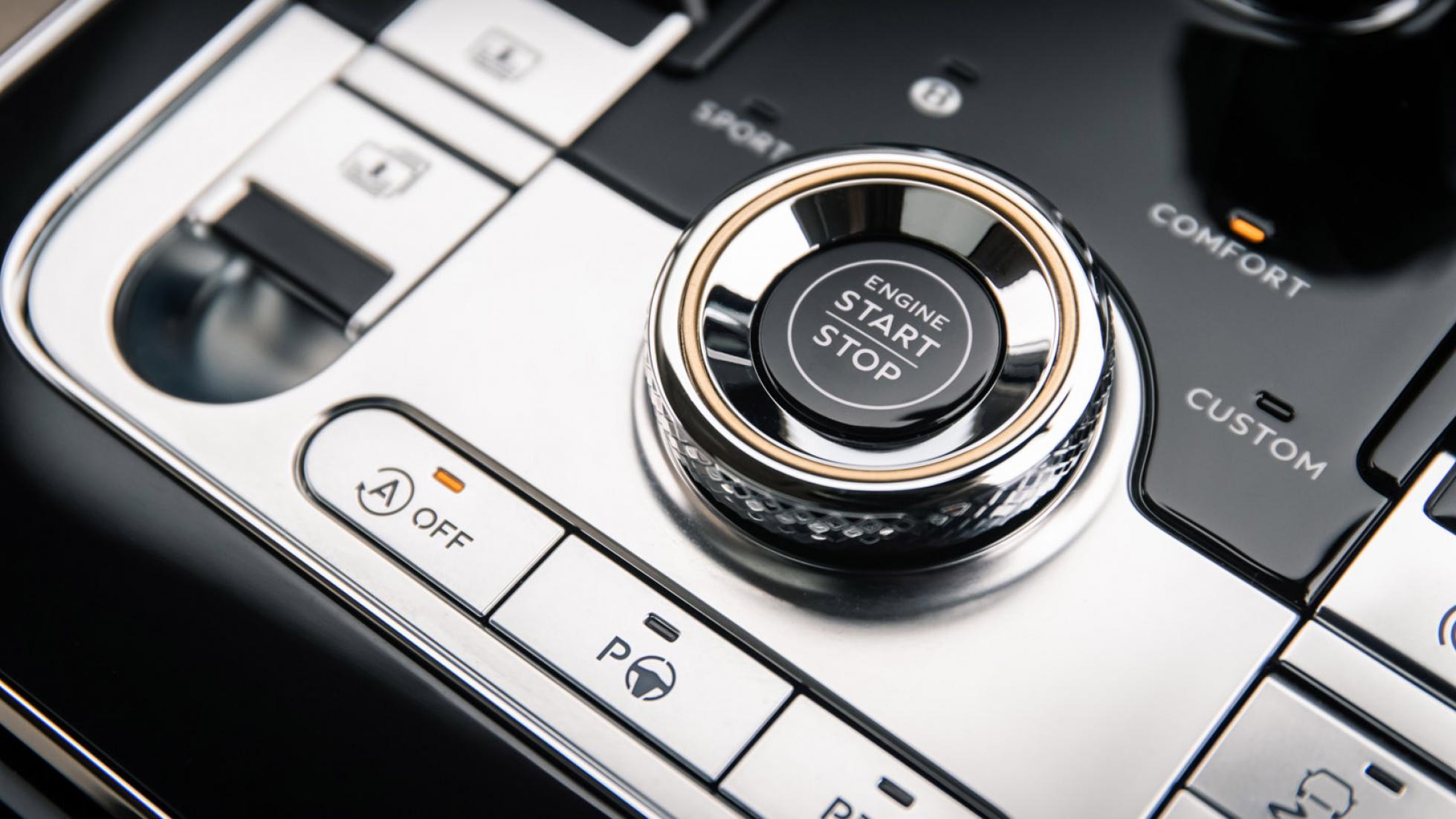
That sounds sub-optimal.
You may as well open the driver’s door and use wind resistance to slow you down, for all the good the brakes do. The 4.9-litre straight-six, which is beautifully quiet and smooth, pushes through them like a hot knife through butter (which makes manoeuvering…interesting.
The chap from Bentley suggested we leave the handbrake half-on). And that’s if you can find the pedal - anyone with normal-sized man feet will have serious problems moving between accelerator and brake because the handbrake assembly is very much in the way.
But as is the case with old cars, you can’t help but forgive it. Largely because of what a lovely thing it is to be in. See, while you could buy a ‘normal’ S-series Continental back in the Fifties, the especially wealthy often ordered theirs from specialist coachbuilders.
H.J Mulliner was one such coachbuilder, and it coined the name ‘Flying Spur’ for its more elegantly-designed, richly-appointed four-door. This is one of the 217 cars it built between 1955 and 1959. In the same timeframe, Bentley itself built nearly 3,000 ‘standard’ Continental sedans.
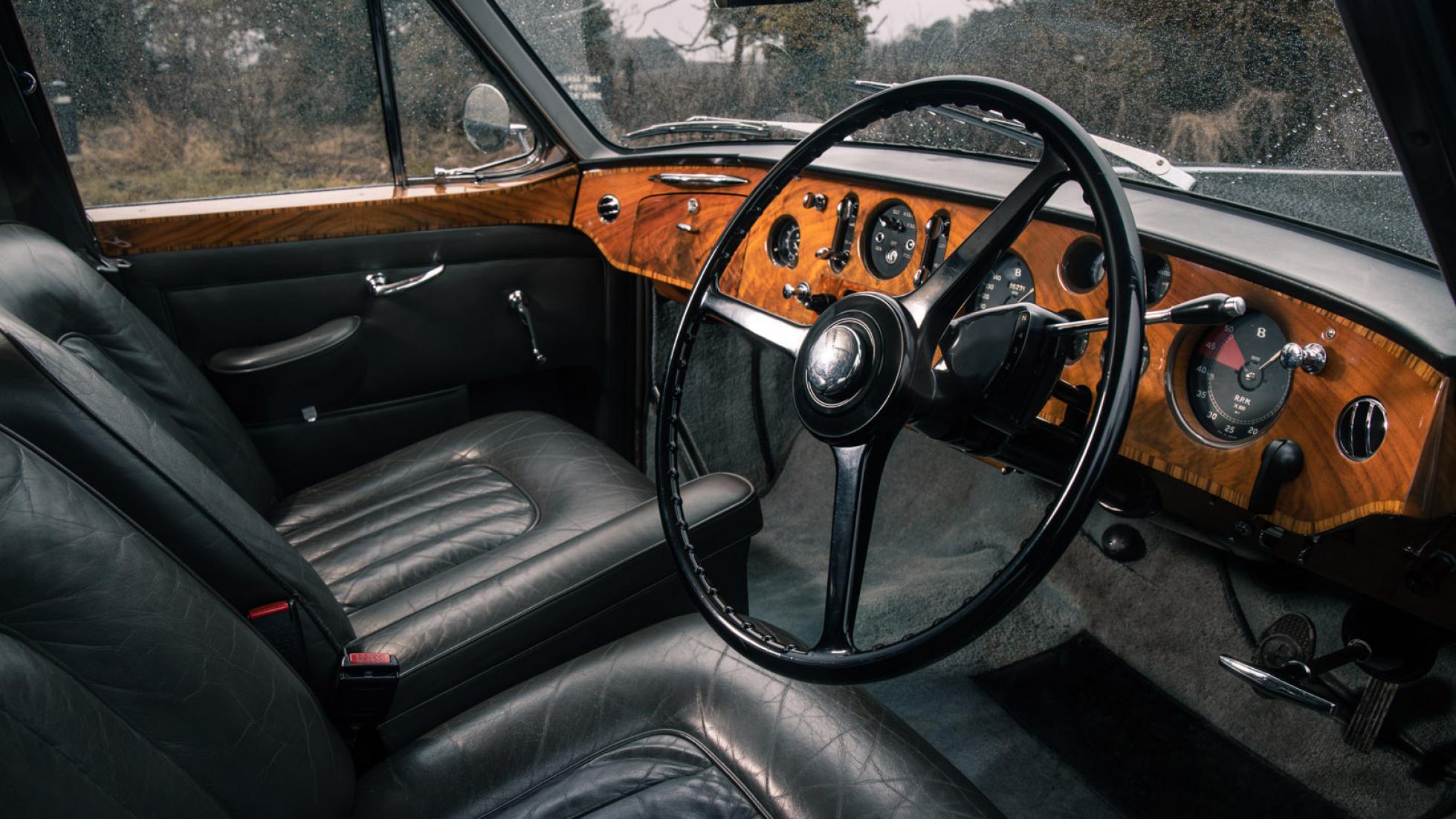
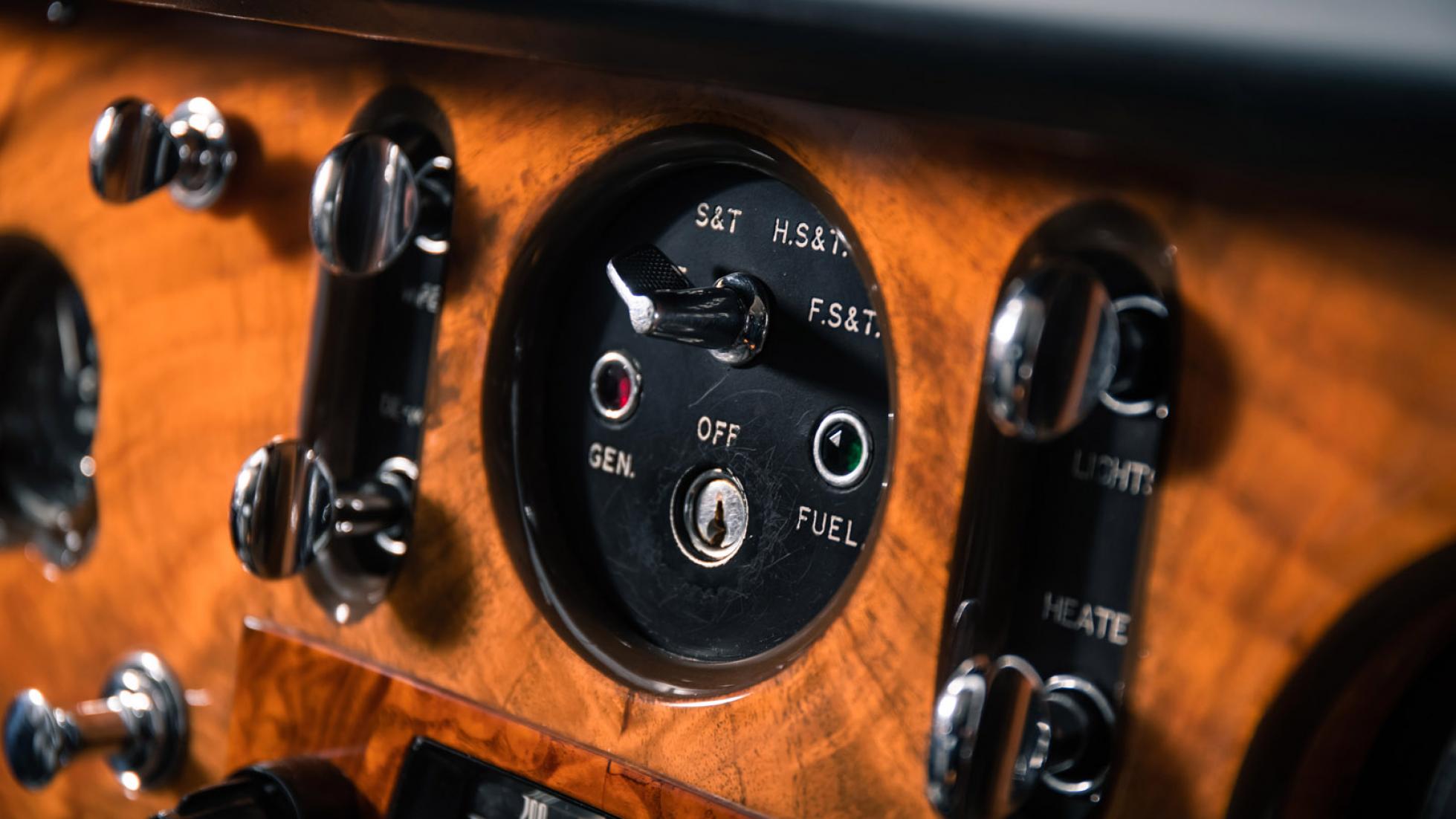
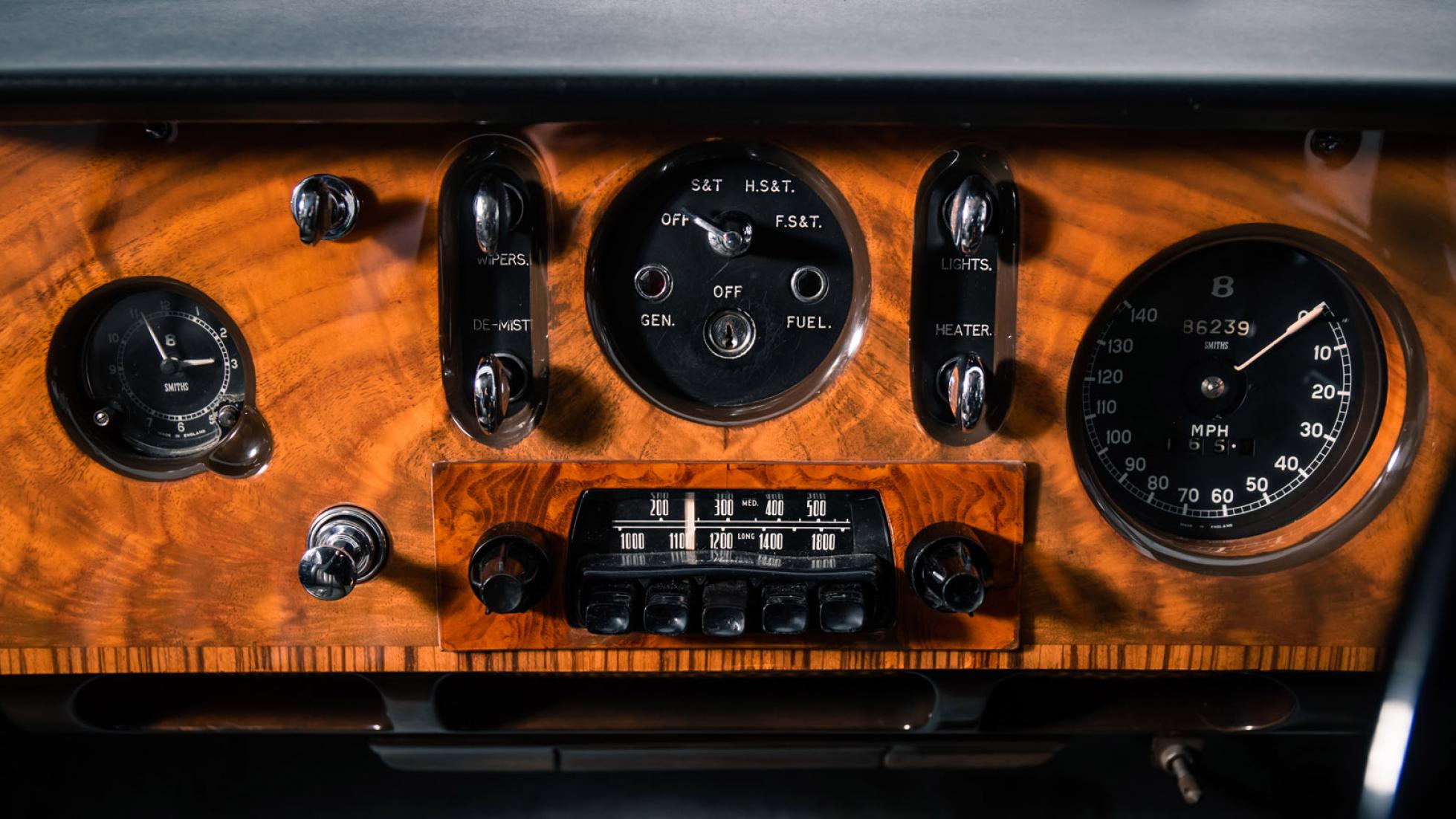
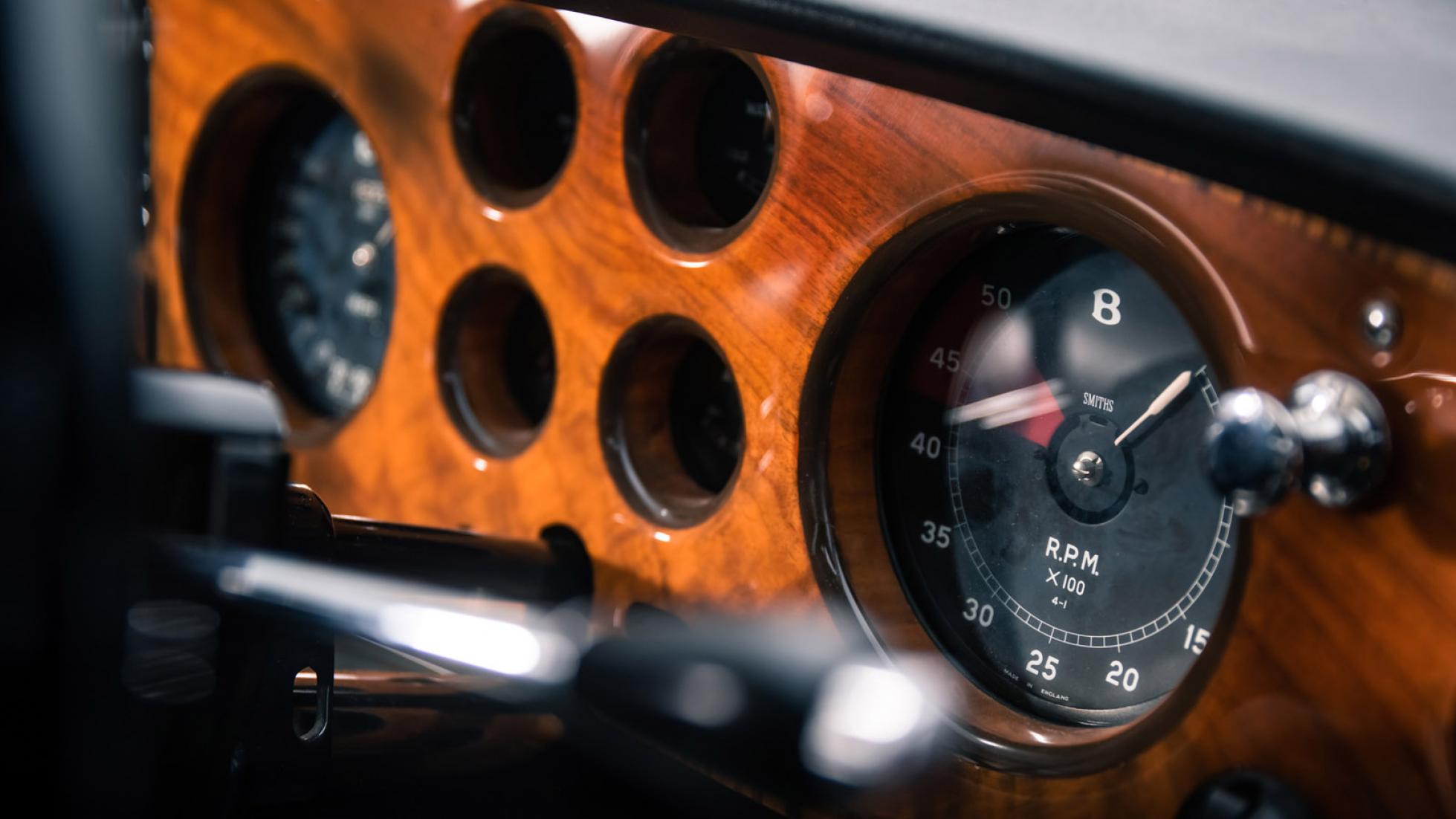
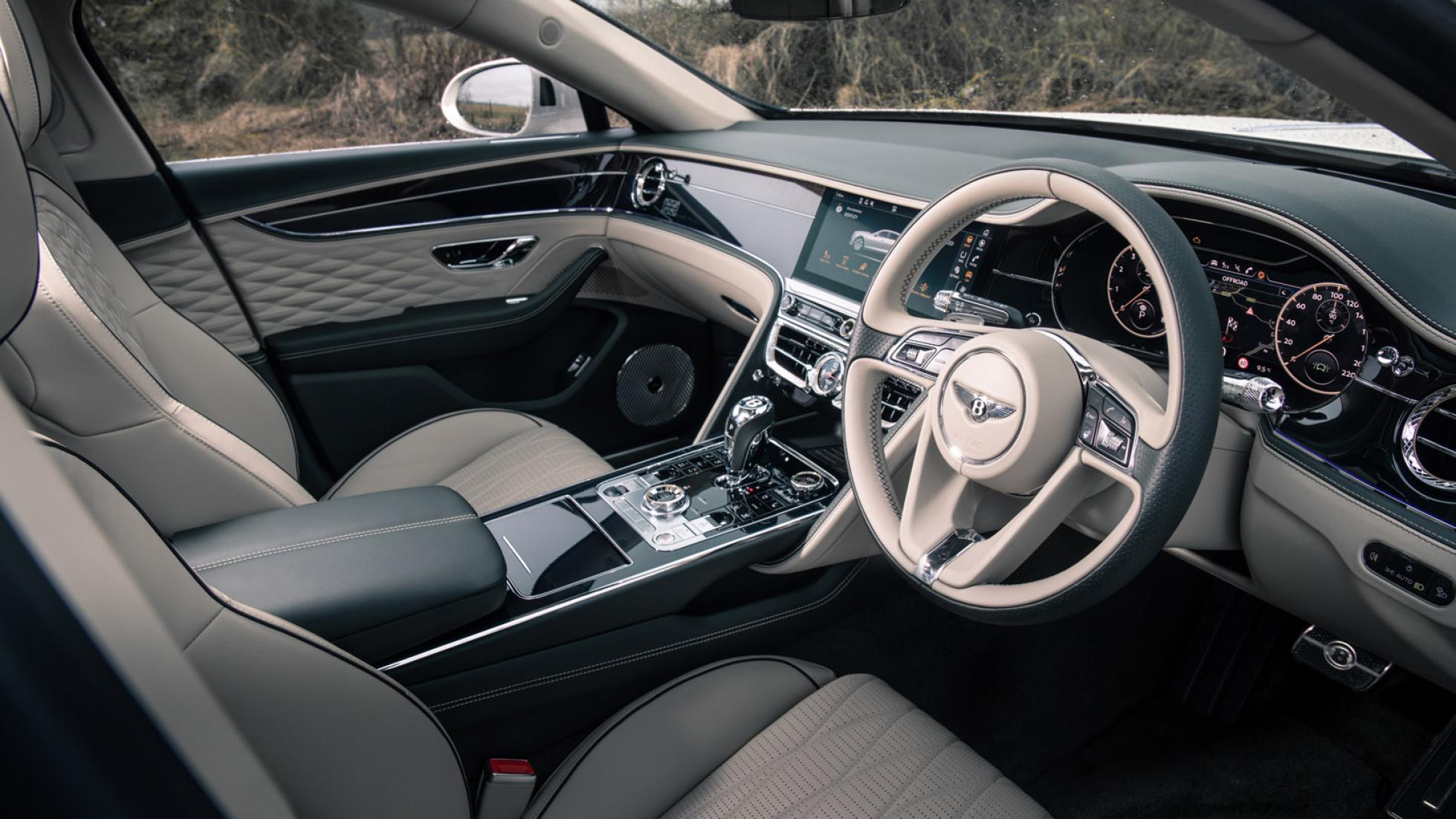
How does it drive?
Once you’ve got past the largely ornamental steering wheel and pedals, and the proportions start to make some sense in that head of yours (its relatively narrow width is hard to judge at first), the S1 really is quite enjoyable in a sedate, relaxing kind of way.
This one has the optional 4spd auto gearbox - ‘4’ on the column is effectively D, though you may need to drop to ‘3’ for steeper hills or if you need a burst of speed. It doesn’t much like kicking down, and the changes themselves take minutes, but is smoother-shifting than some modern-day automatics. No lie.
In the meantime, click here to read our review of the new Bentley Flying Spur.
STORY Tom Harrison






